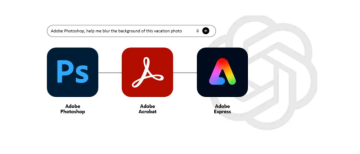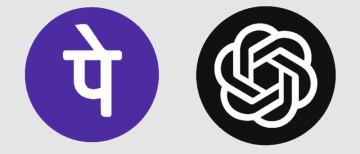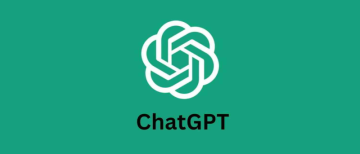Doctor handwriting is often legible, but sometimes it can be difficult to read. It is important for doctors to have clear and concise handwriting to ensure that their notes and orders are accurately understood by other healthcare professionals.
Many hospitals and clinics have implemented electronic medical records to improve the clarity and accuracy of documentation, but handwriting is still an important skill for doctors to have. Google's artificial intelligence (AI) team has developed a tool that can accurately read and interpret prescriptions written by doctors.

The tool, called "Rapid Medical Extraction and Interpretation of Structured Narratives," or REMI, uses natural language processing and machine learning to analyse handwritten notes and extract important information such as the prescribed medication, dosage, and frequency.
The team behind REMI conducted a study in which they tested the tool on a dataset of more than 400,000 prescriptions from the Veterans Health Administration. They found that REMI had an accuracy rate of 95% when it came to extracting the correct medication, dosage, and frequency from the prescriptions.
This is a major breakthrough for the healthcare industry, as it can help prevent errors and misunderstandings when it comes to prescribing medication. It can also save time and resources, as pharmacists and other healthcare professionals won't have to spend as much time manually transcribing and interpreting handwritten prescriptions.
The team behind REMI is now working on integrating the tool into electronic health records and other healthcare systems, so that it can be used by hospitals, pharmacies, and other healthcare providers.
With this tool, Google is taking a significant step towards improving the accuracy and efficiency of healthcare delivery.
© Vygr Media Private Limited 2022. All Rights Reserved.






















